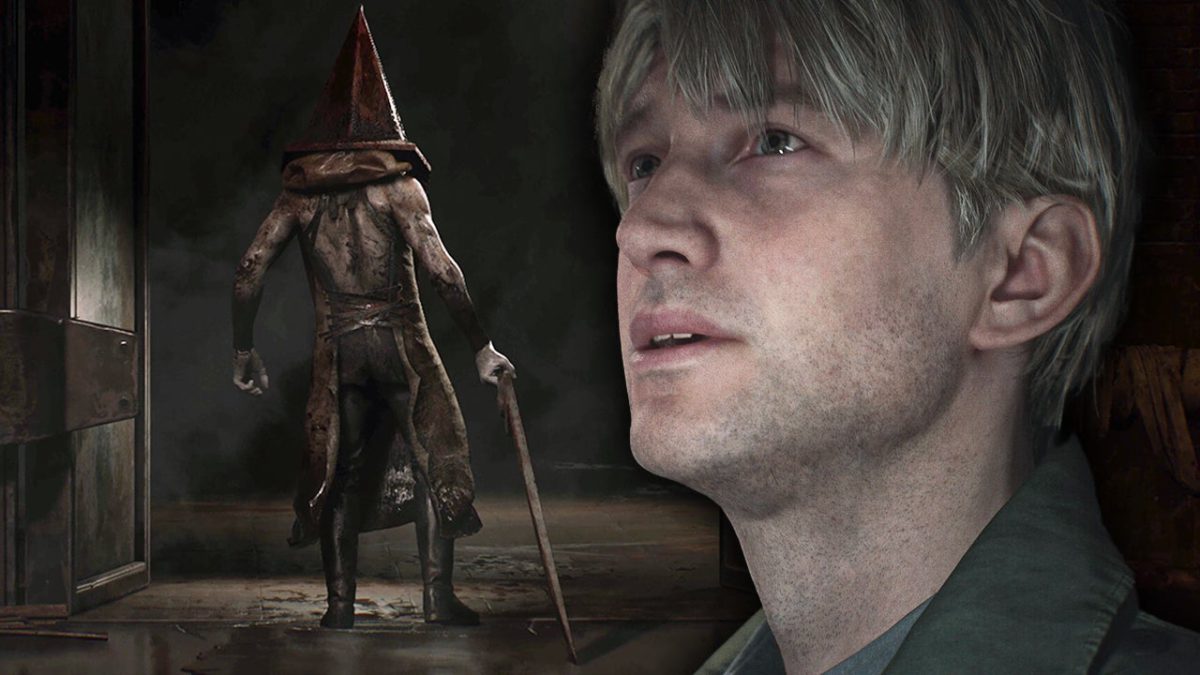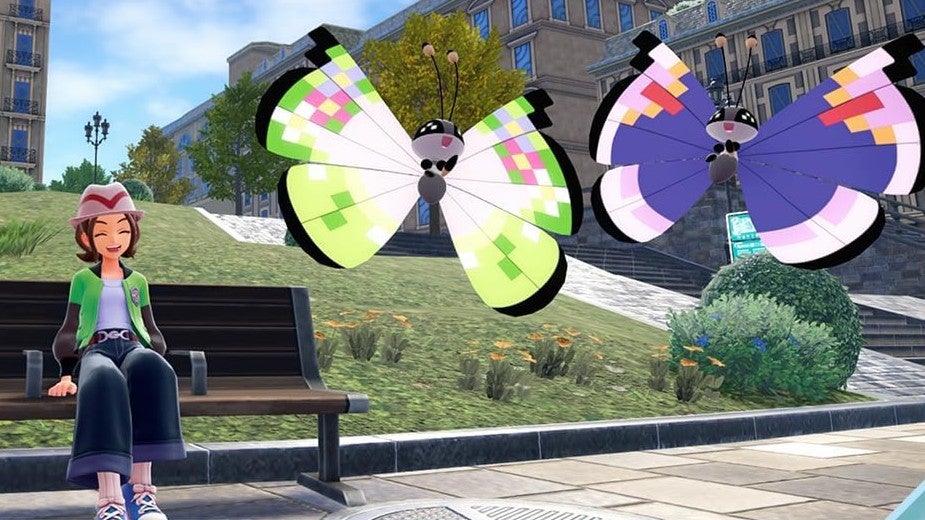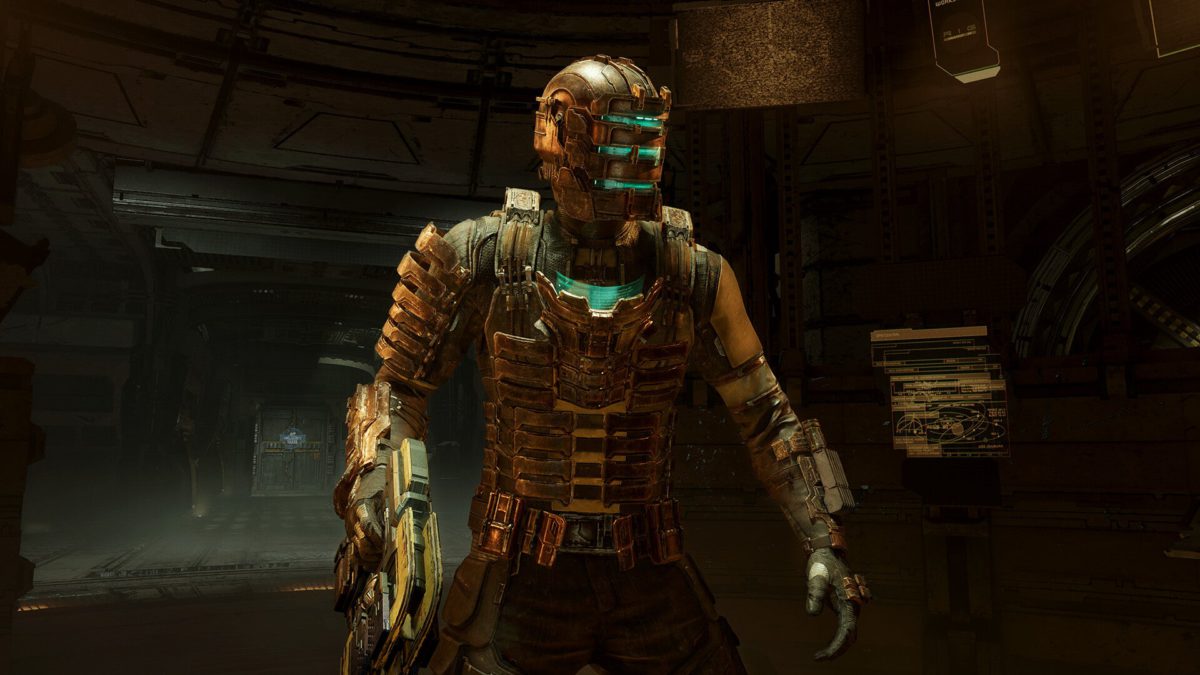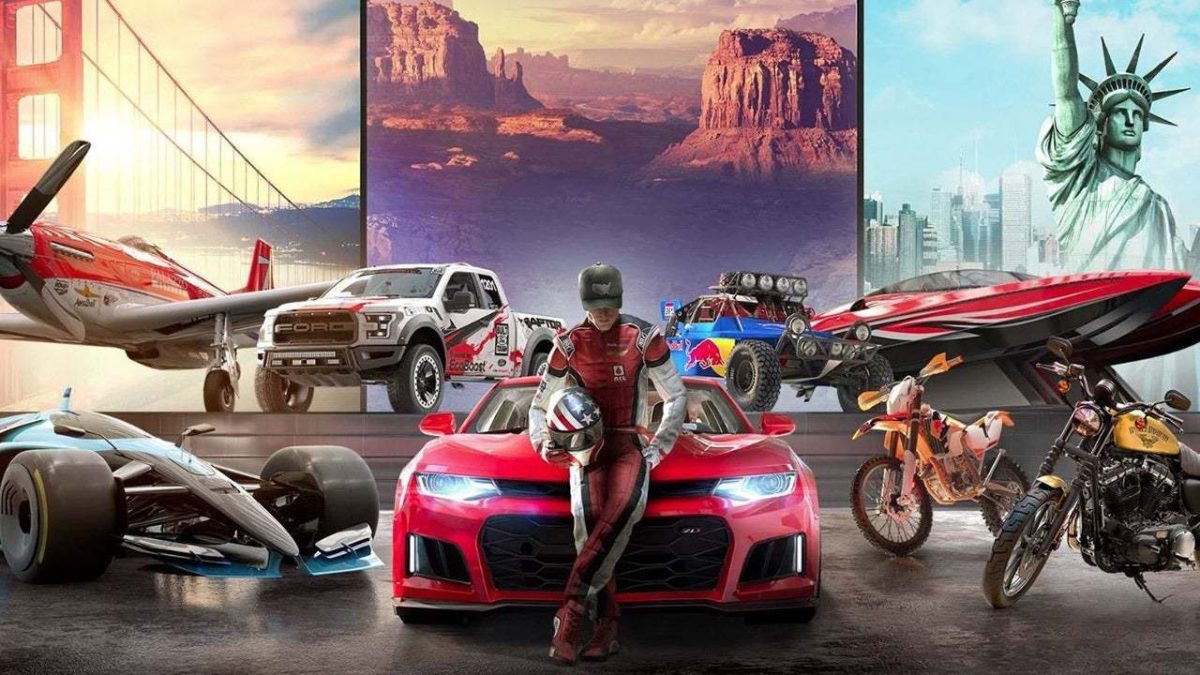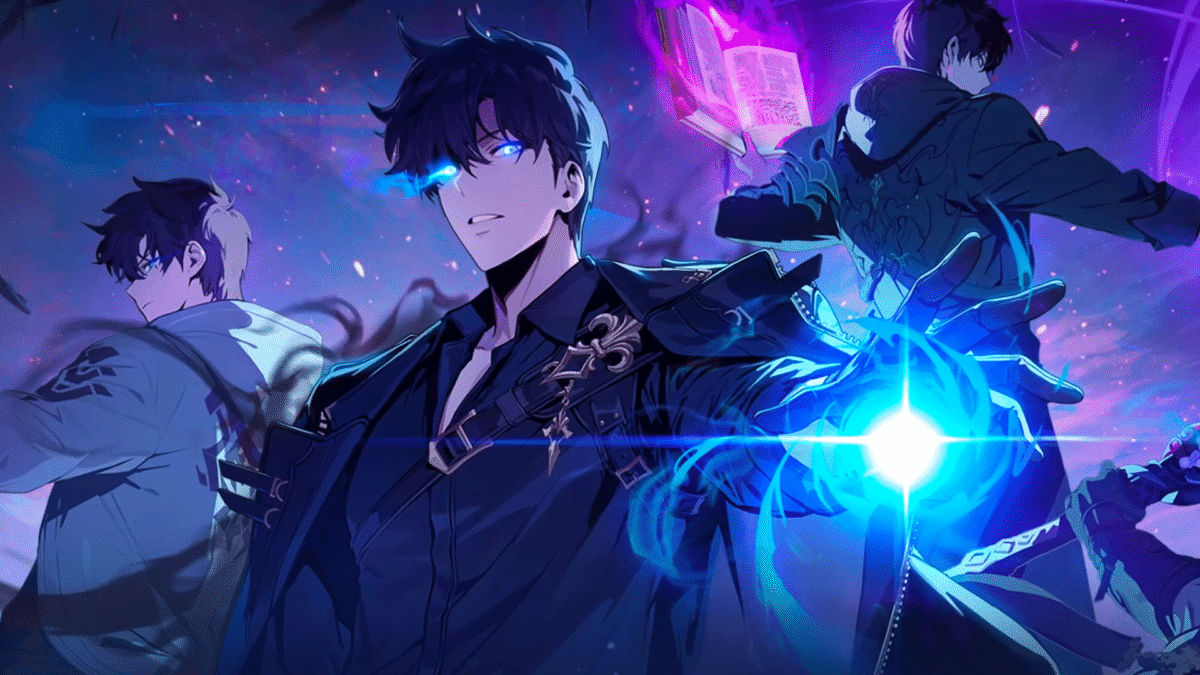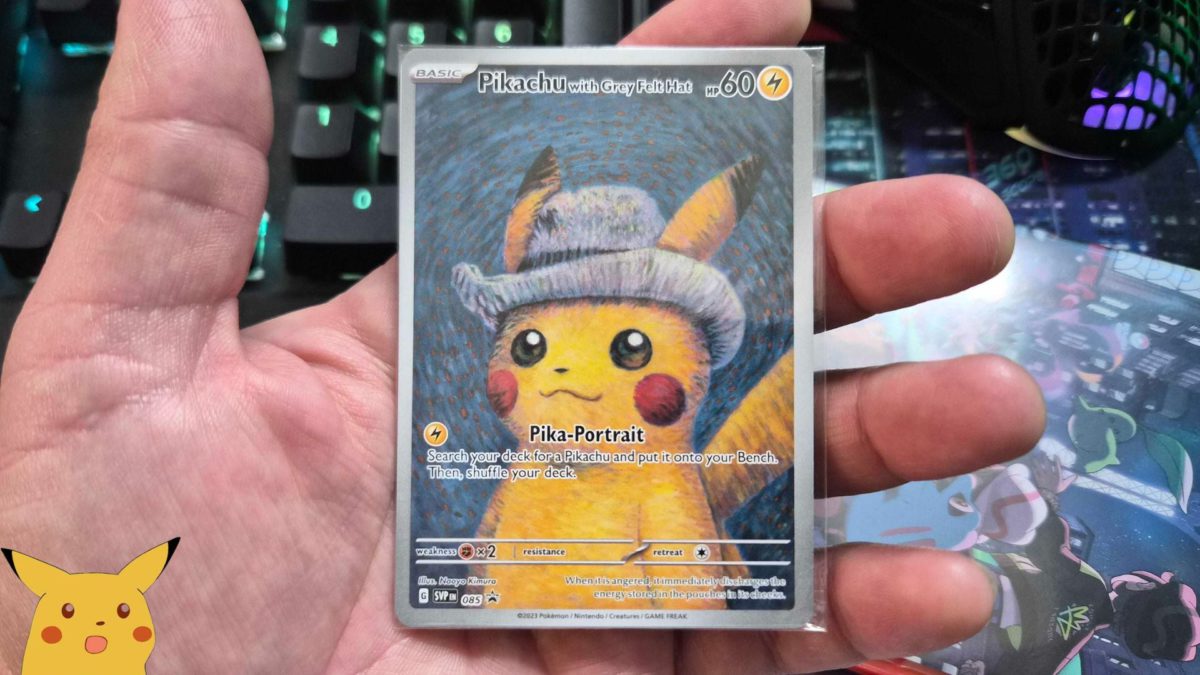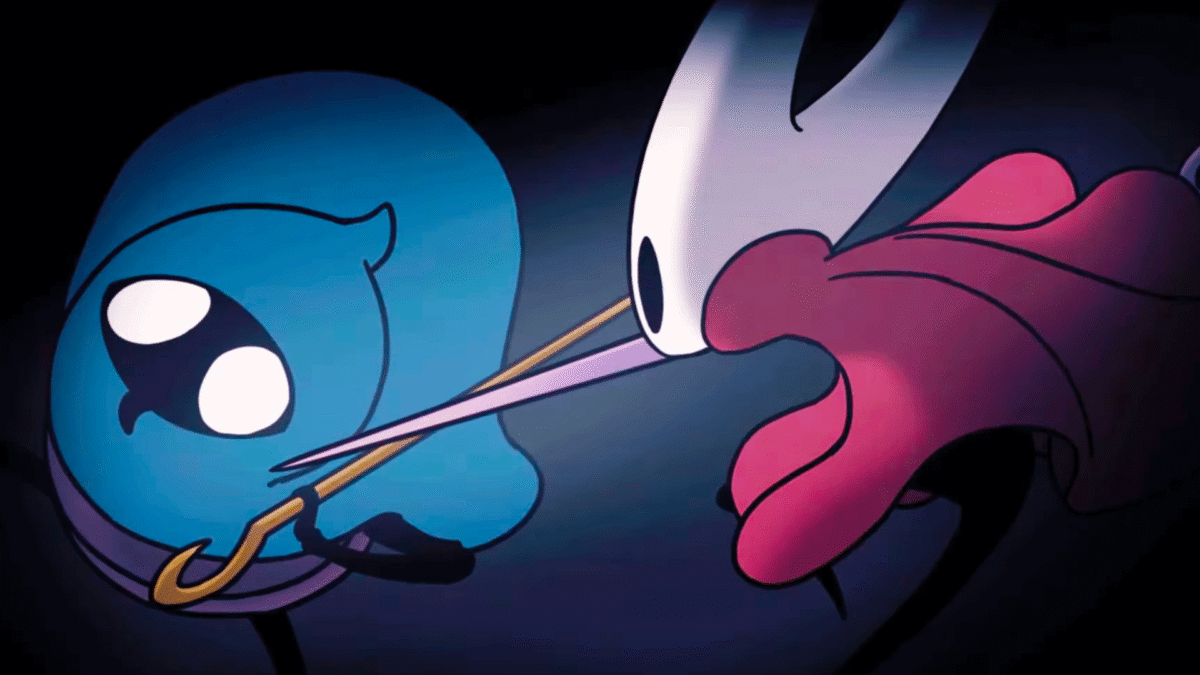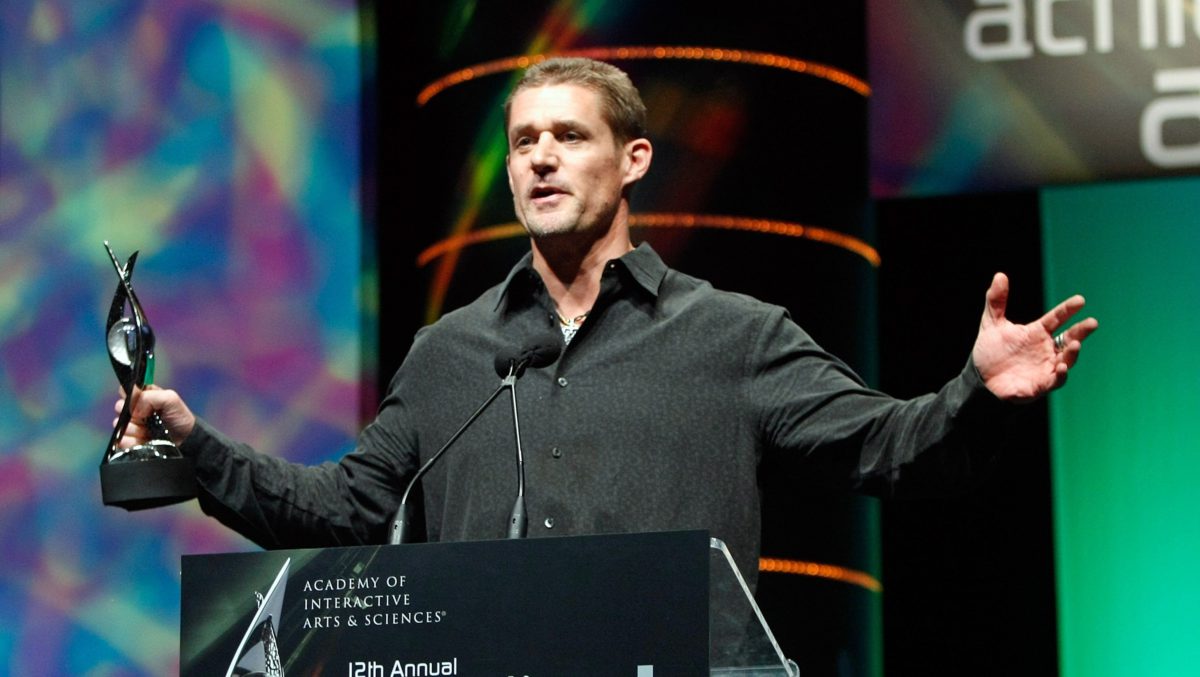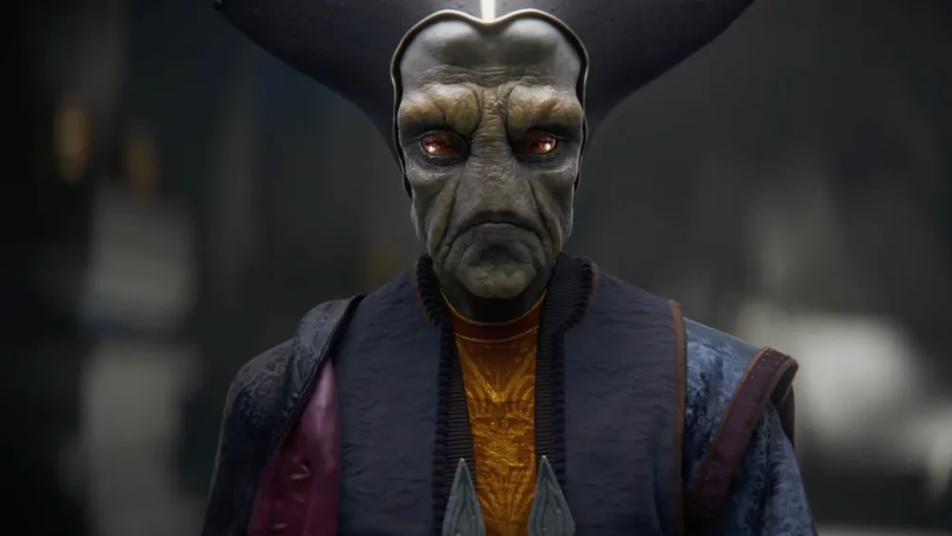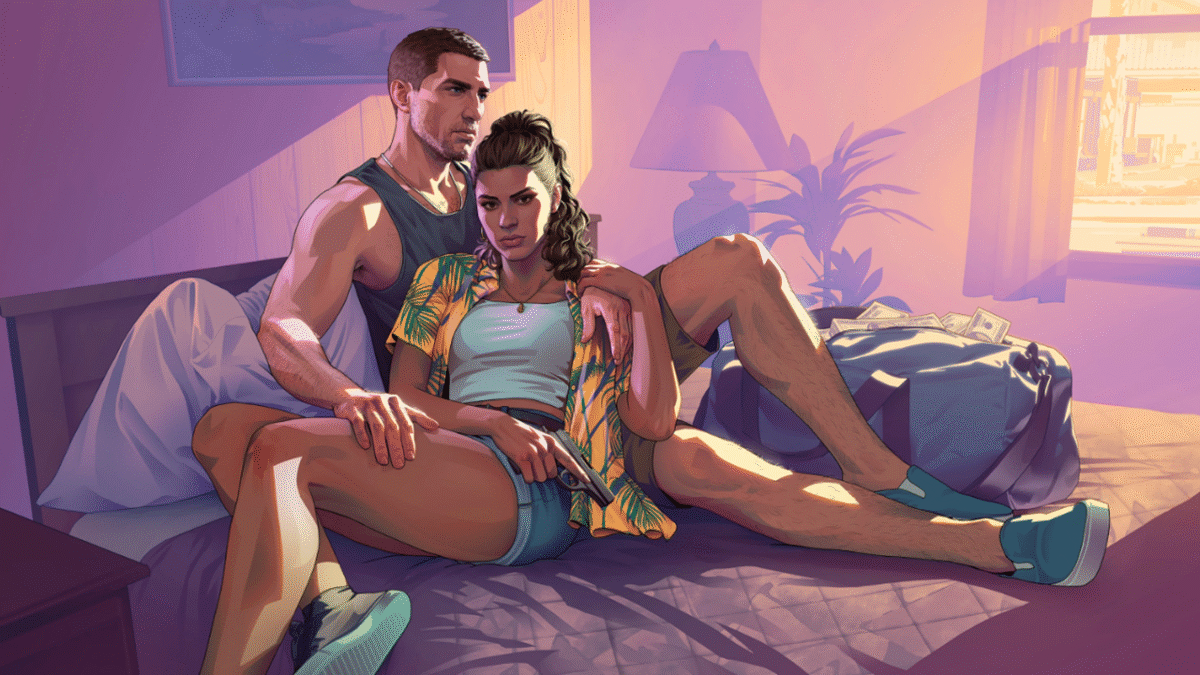
A little over a year since Konami relaunched its long-dead Silent Hill horror series with the superb Silent Hill 2 Remake, the publisher has provided a sales update, confirming that it’s now up to 2.5 million worldwide.
That’s up from the 1 million copies Silent Hill remake sold in less than a week from launch.
The updated milestone now means the 26-year-old series itself has surpassed 10 million units shipped, despite lying dormant for over a decade.
As reported by Gematsu, the news came via a Konami News video report which primarily discussed its most recent release, Silent Hill f, which similarly debuted to a positive reception last month. At the beginning of the report, a text pop up says: “Silent Hill series has shipped over 10 million copies, and [Silent Hill f’s] predecessor, Silent Hill 2, has shipped over 2.5 million copies.”
Silent Hill 2 is a remake of the 2001 psychological horror game wherein you play as protagonist James Sunderland drawn to the terrifying titular town after receiving a mysterious letter from his late wife, Mary. IGN’s Silent Hill 2 Remake review returned an 8/10 score, and dubbed it “a welcome modernisation of a survival horror masterpiece.” Silent Hill f returned 7/10, where we called it “a fresh new setting to explore and a fascinatingly dark story to unravel,” but warned “its melee-focussed combat takes a big swing that doesn’t quite land.”
Don’t forget that Silent Hill 2 Remake is just one of the games coming to the PlayStation Plus Extra catalogue later this month. It drops on October 21 — just in time for Halloween — alongside the similarly spooky Until Dawn (the PS5 version), V Rising, Poppy Playtime: Chapter 1, As Dusk Falls, Wizard with a Gun, and Yakuza: Like a Dragon. Premium Plus subscribers will be able to play Tekken 3.
If you’ve played through Silent Hill f and are still scratching your head about its story, check out our handy guide that explains what happens and why in each of Silent Hill f’s numerous endings.
Vikki Blake is a reporter for IGN, as well as a critic, columnist, and consultant with 15+ years experience working with some of the world’s biggest gaming sites and publications. She’s also a Guardian, Spartan, Silent Hillian, Legend, and perpetually High Chaos. Find her at BlueSky.

